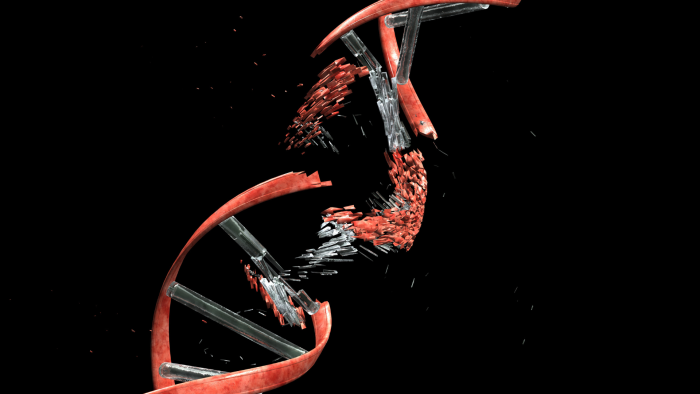Treatment
There is no cure for A-T or any of the specific features of the syndrome. Treatment is supportive. A team of care providers, including the affected individual, family members, primary care providers, immunologists, pulmonologists, neurologists, nutritionists, and ancillary therapy providers, is key in managing the disease. Other providers such as geneticists and oncologists may also be part of the team.
Treatment should be proactive as well as supportive. While the timing of the progression of the disease is unpredictable, the progression of the disease is not. For example, feeding problems will inevitably develop as dysphagia, and tremors can make meals take a long time and become very fatiguing. Nutrition can be compromised and aspiration can occur. Early placement of a G-tube can supply nutrition that will allow growth, improve stamina, and decrease the risk of aspiration-associated problems.
Infection management is another important part of treatment. Preventing infection is the first step. Prevention includes handwashing and avoiding individuals who are ill. Unless they are receiving Ig replacement therapy, individuals with A-T should receive all standard immunizations, including an annual influenza vaccine and a pneumococcal vaccine every 5-10 years. The MMR vaccine should be avoided because of the risk of developing cutaneous granulomas. Close contacts and family members should also receive all recommended immunizations, including an annual influenza vaccine.
Respiratory problems can be serious for individuals with A-T. They often have problems taking deep breaths and effectively coughing. They may benefit from a regular program of chest physiotherapy and daily use of a therapy vest. The key is to establish a pulmonary care regimen before serious, irreversible lung problems develop. If chronic lung disease develops, individuals may benefit from antibiotic prophylaxis to prevent infection and inhaled corticosteroids to decrease inflammation. Supplemental oxygen may also be beneficial.
Diagnostic A-T is a disorder of DNA breakage, and thus, there is a theoretical risk of chromosomal damage from radiation. Certain types of imaging tests pose a threat to individuals for chromosomal damage. For example, X-rays should be limited in individuals with A-T. It is generally accepted that X-rays should be done only if the results will have an impact on diagnosis and treatment. It is also important to limit the amount of radiation delivered in a routine CT scan by limiting the number of images taken. Individuals with A-T can have diagnostic MRIs and ultrasound exams without problems since these imaging procedures are different than X-rays and CT scans. Consultation with a radiologist will help determine the best way to get imaging if it is necessary.














